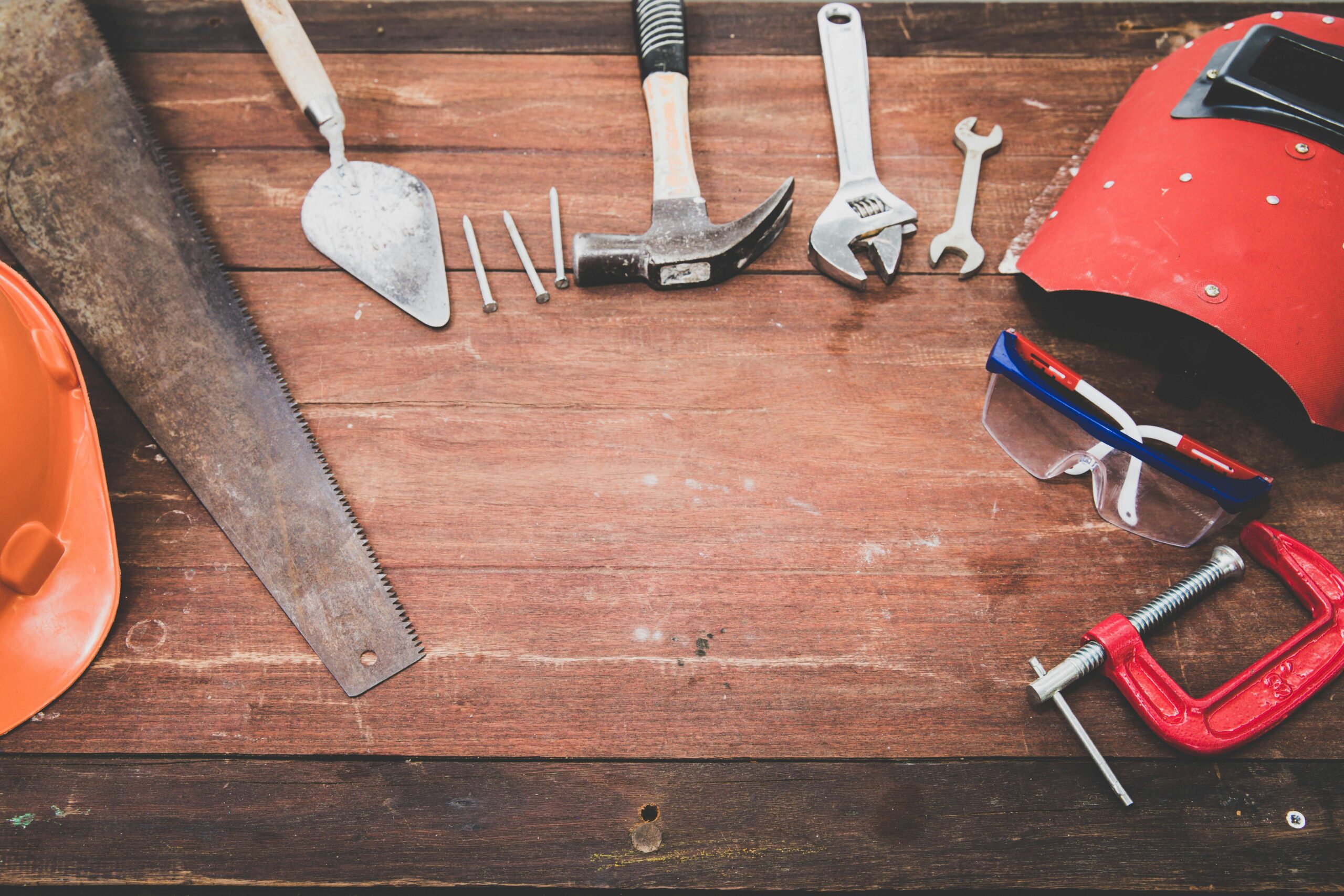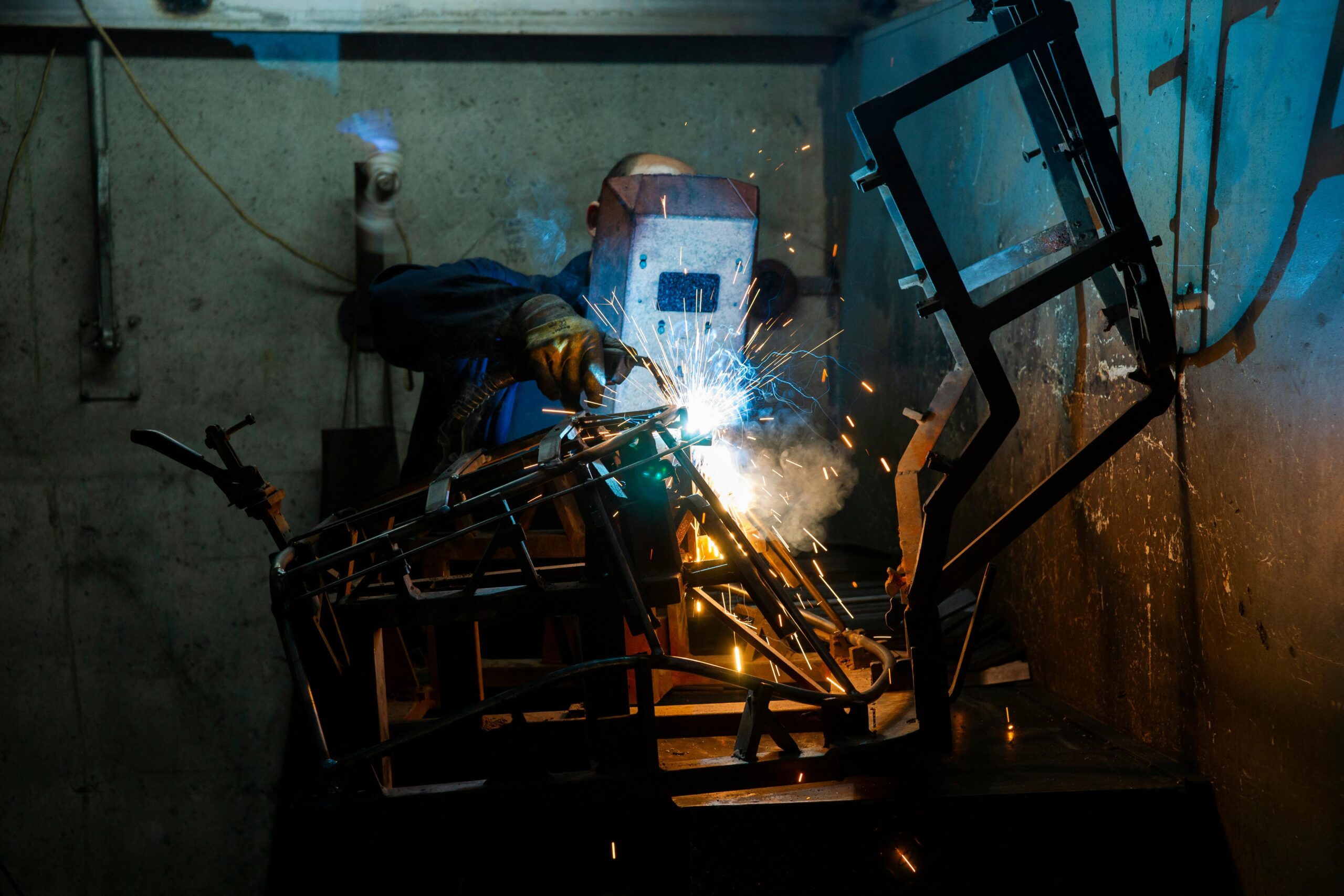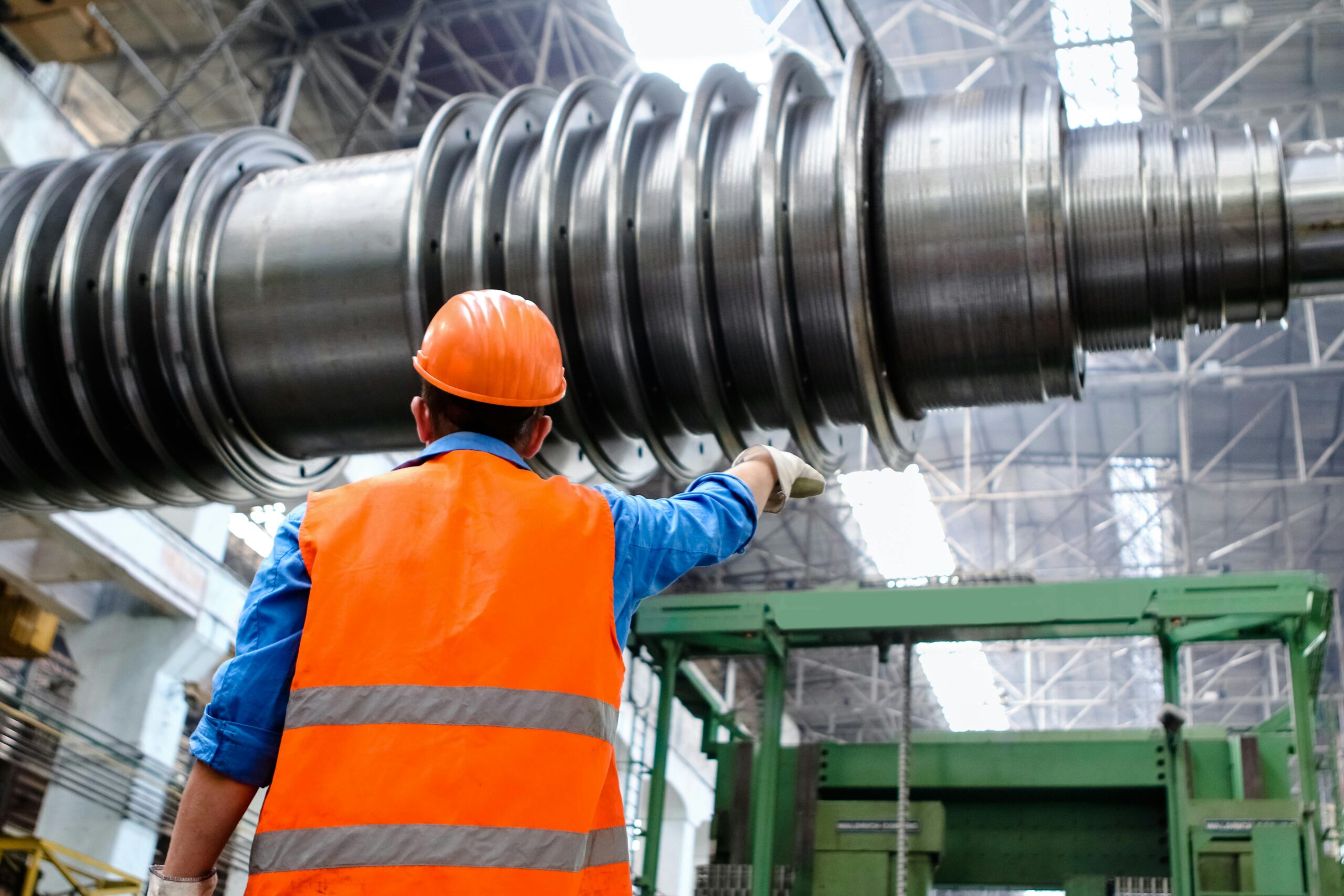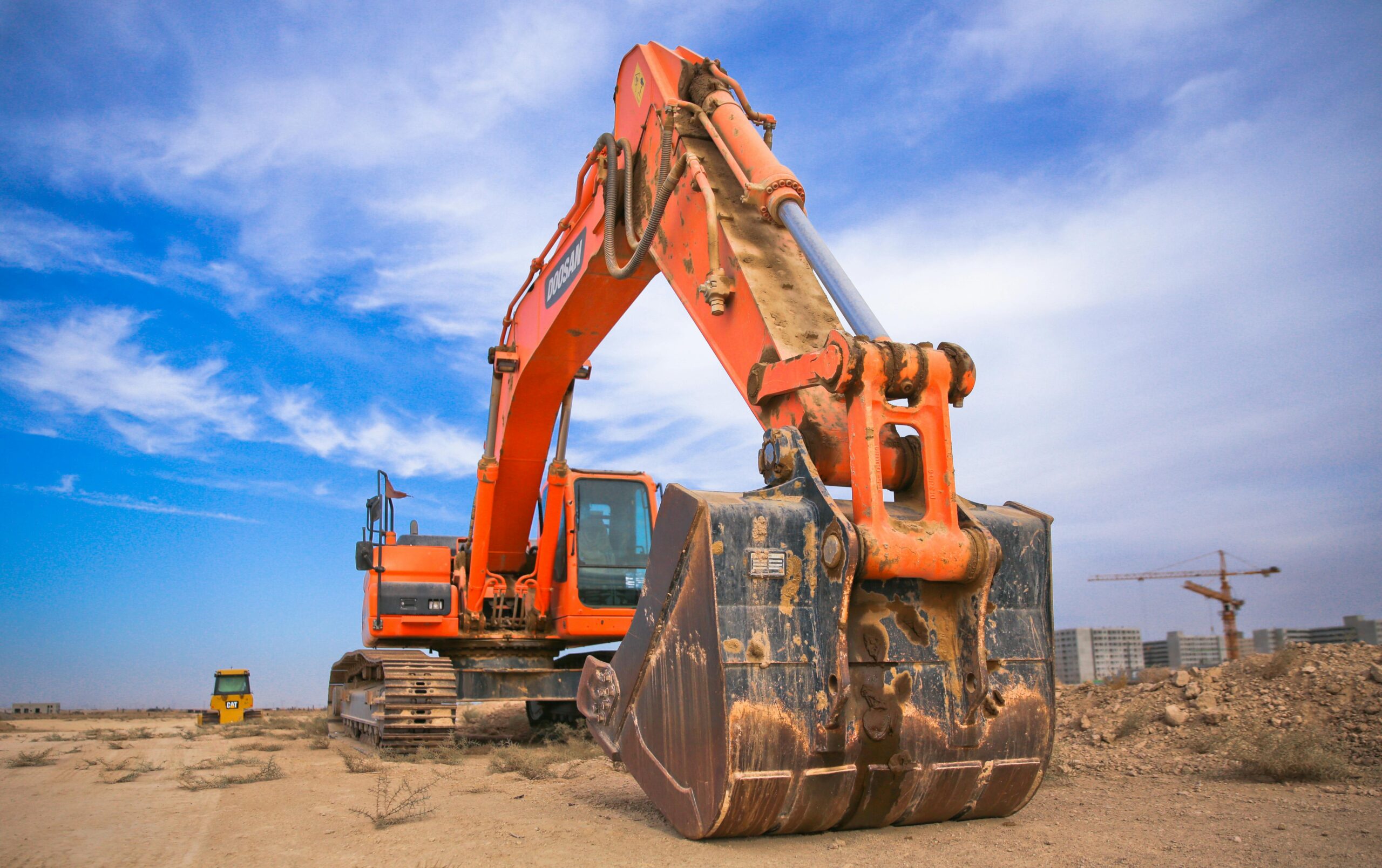In the dynamic world of engineering, where innovation and progress intersect with hazards and risks, the safety of workers is paramount. Personal Protection Equipment (PPE) plays a crucial role in safeguarding engineering professionals against potential workplace hazards, ensuring their well-being while they pursue excellence in their field. Let’s explore the importance of PPE in engineering and its various applications.
1. Protection Against Physical Hazards
In engineering, workers often encounter physical hazards such as falling objects, electrical shocks, and impact injuries. PPE serves as the first line of defense against these risks, providing essential protection to the head, eyes, ears, and extremities.
- Hard Hats: Essential for construction and industrial settings, hard hats protect workers from head injuries caused by falling debris, overhead hazards, and low-clearance environments.
- Safety Glasses: Protecting the eyes from flying debris, chemical splashes, and harmful radiation, safety glasses are indispensable for engineers working with machinery, tools, or hazardous substances.
- Earplugs and Ear Muffs: Engineering environments with high noise levels, such as manufacturing plants and construction sites, require ear protection to prevent hearing loss and auditory damage over time.
2. Prevention of Respiratory Hazards
Engineers often work in environments where airborne contaminants, dust particles, and hazardous fumes pose respiratory risks. Respiratory PPE ensures that workers breathe clean air and avoid exposure to harmful substances.
- Respirators: Filtering out dust, vapors, and airborne particles, respirators are essential for engineers working in environments with poor air quality, such as construction sites, chemical plants, and laboratories.
- Dust Masks: Protecting against inhalation of dust, pollen, and other airborne particles, dust masks are commonly used in construction, woodworking, and metalworking to prevent respiratory irritation and long-term health issues.
3. Mitigation of Chemical and Biological Hazards
In engineering disciplines such as chemical engineering, biotechnology, and pharmaceuticals, exposure to hazardous chemicals and biological agents is a significant concern. PPE designed to shield against chemical and biological hazards ensures the safety and well-being of workers.
- Chemical-Resistant Gloves: Providing protection against corrosive chemicals, solvents, and toxic substances, chemical-resistant gloves are essential for engineers handling hazardous materials.
- Lab Coats and Coveralls: Preventing skin contact with hazardous chemicals and biological agents, lab coats and coveralls offer full-body protection in laboratory and cleanroom environments.
Conclusion: Prioritizing Safety in Engineering
In the fast-paced world of engineering, where innovation drives progress, the safety and well-being of workers must remain paramount. Personal Protection Equipment (PPE) serves as a critical component of workplace safety, shielding engineers from physical, respiratory, chemical, and biological hazards. By providing engineers with the necessary PPE and promoting a culture of safety awareness, organizations can ensure the health, productivity, and success of their workforce, driving innovation and excellence in the field of engineering.




